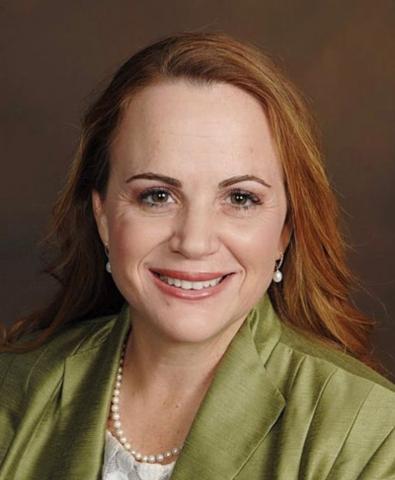Ladies! Be the Energy in Cybersecurity!
November 15, 2019By Diane M Janosek, Esq.
Commandant of the National Cryptologic School of the NSA
President, Women in Cybersecurity Mid-Atlantic Affiliate
Did you know that women represent only eleven to fourteen percent of the cybersecurity workforce? But women have been influencing cybersecurity since the very earliest computers. Ada Lovelace was a brilliant mathematician who expanded on Charles Babbage’s notes on the Babbage Analytical Engine. She provided lengthy explanations as to how the device might work. Additionally, she suggested that it was possible for the engine to repeat a series of instructions (looping) making her the widely considered the first computer programmer. 1
Golden Age of Hollywood actress Hedy Lamarr was also a celebrated scientist and inventor. Along with a friend, Ms. Lamarr patented a radio-signaling device, which many years later, became a crucial part of the technology for securing military communications and cellular phones. Her ‘spread spectrum’ technology forms the technical backbone that makes cellular phones and other wireless operations possible.2
Have you ever ‘debugged’ a computer? You can thank Rear Admiral Grace Hopper, who coined the term after having to remove a dead moth from the hardware of a computer. More importantly, she is responsible for doing pioneer work in compiling mathematic code into a language that eventually became known as COBAL.3
Six intelligent women programmed the Electronic Numerical Integrator and Computer (ENIAC), determining how to input its programs and developing an understanding of its inner workings. These women, including Betty Holberton, were responsible for the programming of this computer, which is amongst the earliest electronic general-purpose computers.
Melba Roy was one of NASA’s female “computers” recently made famous by the Hollywood film “Hidden Figures.” In her position, she oversaw the tracking of the Echo Satellites. Later in her career, she was a talented programmer who focused on APL.
These women’s histories, lives, and accomplishments are varied, but I imagine that there are things that they all had in common: connections that enabled them to do what they did, especially at times in history when women were practically unheard of in science and technology.
These women had creativity that reached beyond expectations. It takes creativity to develop the first coding language and to coin the term “debugging”. Today, creativity is critical.
They were passionate- they had to be! Think about Ada Lovelace- she was so passionate about Babbage’s Analytical Engine that, while she was only supposed to be translating his concept, she ended up providing pages of her own thoughts and ideas.
Curiosity often drives passion. Like a child experiencing the world for the first time, you must keep a sense of curiosity that will drive you toward and enable you to: never stop learning; never stop wanting to solve the hard challenges that may come before you. Curiosity is that little voice in your head that says: “yes, but what if . . . . ?”
Another key factor is camaraderie- or being part of a group that supports you through successes and failures. It is important that you develop a sisterhood with your peers- classmates, co-workers, and your professional network. This will strengthen you as an individual and will ensure that the nation has a well-supported and capable cybersecurity workforce that functions as a unified whole.
Sources
- https://www.nytimes.com/interactive/208/obituraries/overlooked-ada-lovelace.html
- https://www.hedylamarr.com/about/biography/
- https://www.navalhistory.org/2014/12/09/grace-hopper-navy-to-the-core-a-pirate-at-heart



